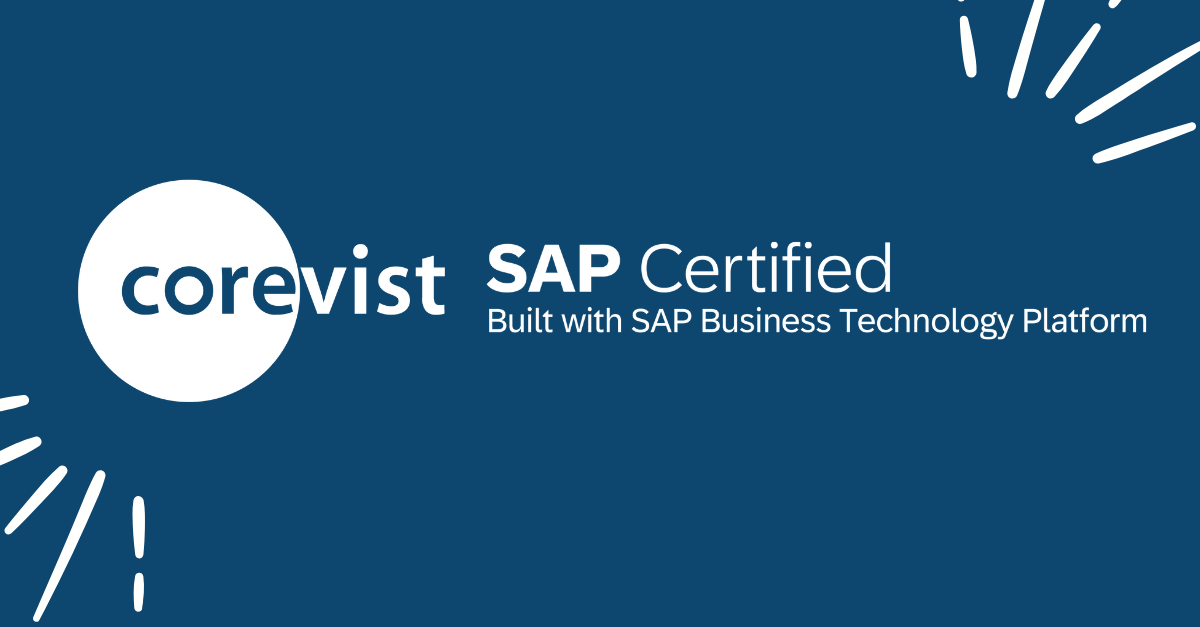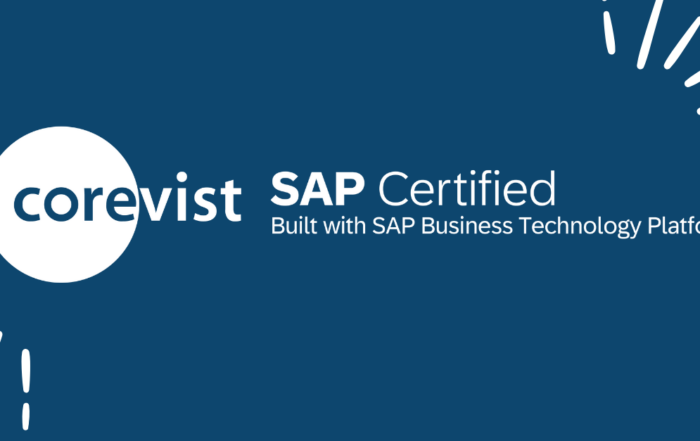Share
Author
Sam Bayer
Share
COVID-19 Digital Transformation
A recent article in Harvard Business Review, Discovery-Driven Digital Transformation, offers pointed insights for manufacturers in the wake of the COVID-19 pandemic. The authors argue that a massive, totalizing digital transformation is often the wrong path for many traditional brick and mortar organizations. Rather, companies should pursue right-sized digital transformation, using an iterative process to get early wins, stakeholder buy-in, and demonstrated financial gains.
This is especially true for manufacturers in the COVID-19 world. Traditional organizations are scrambling to transform their customer interaction with digital solutions; yet with no prior experience in right-sized digital transformation, many manufacturers lack the tools to succeed in this difficult climate.
In this article, I’ll give you 3 keys to success in right-sized digital transformation.
1. Look for broken processes in your traditional interaction with customers
The Harvard Business Review article makes a great point:
“Before investing in a line of code, look for what isn’t quite working in your operation. Where do you regularly need workarounds or have to stop a process unexpectedly to fetch more information or involve another person? These are likely to be areas that digitization can improve.”
Time and again, there are certain processes which cause problems for manufacturers—especially in the COVID-19 world:
- Post-order care. For many manufacturers, COVID-19 has highlighted unnecessary friction in this process. If you don’t have a customer self-service portal for order status & tracking, plus full account history, customers may experience friction as your Customer Service reps struggle to answer inquiries from home.
- Order placement. As traditional brick-and-mortar organizations, manufacturers often rely on phone, fax, and email to receive orders. Each of these requires human intervention to post the order to SAP ERP—often with back-and-forth communication if the customer has introduced errors into the order. COVID-19 only exacerbates this pain point, as Sales and Customer Service reps working from home may struggle to handle their usual volume of customer interaction.
- Invoice payments. How do your customers mail paper checks from home? And how does your accounts receivable staff process those checks from home? If nothing more, COVID-19 has highlighted the imperative for manufacturers to provide digital, self-service payments to customers.
2. Solve these problems incrementally
The Harvard Business Review article references Klöckner, a German metals distributor, as an example of a traditional organization which took an incremental approach to their digital journey. We actually visited them in the German HQ and bid for the project. Unfortunately, we lost—but Klöckner followed the same kind of incremental plan which we prescribe today. The HBR authors summarize it this way:
“At Klöckner, the ultimate goal was to change the business model in steel from marking up inventory to a services revenue model… by, for instance, replacing the faxing of orders with an online portal for ordering.”
So what does that incremental approach look like? Every manufacturer should craft their own roadmap—but there are patterns which we see in the organizations we work with. Here’s one typical path which manufacturers use for incremental improvement:
- Digitize order tracking. As a low-effort initiative, this is an ideal starting point for digital transformation. A self-service order tracking portal doesn’t rewrite your business processes (more on that below)—rather, it simply provides new value to your customers. Since every customer has a vested interest in getting order status updates, an order tracking portal has the adoption incentive baked right in, and it allows your customers to acclimate to digital in a non-threatening environment.
- Expand to self-service ordering. If you choose a modular solution (like Corevist), you can expand your order tracking portal to include catalog browsing and order placement. With customers already using the portal for order tracking, they’ll experience the new ordering capabilities as another value-add—particularly when their experience is personalized with accurate contract pricing, real-time inventory, personalized catalogs, and more (all of which come standard with Corevist Commerce through our prebuilt, configurable SAP integration).
- Add self-service e-payments. If you’re going to offer online order placement, it makes sense to offer payments, too. If your digital commerce solution shows real-time credit status (as Corevist Commerce does), the final piece of the puzzle is self-service payments. That way, customers can pay down invoices via standard electronic methods (credit/debit, ACH, eCheck, Paypal, & more), which allows them to keep their account off credit block—and go on placing orders.
3. Use your advantages as an established organization
Unfortunately, technology vendors often focus on their product. They sell a widget, and expect you to rewrite your business model to fit the widget.
That’s completely counter to the idea of right-sized transformation—and it also risks throwing away your advantages as an established manufacturer.
The HBR authors put it this way:
“Incumbent companies have some great advantages over new competitors: paying customers, financial resources, customer and market data, and larger talent pools. But CEOs will have to integrate agility and innovation into their broader organizations and communicate the new ways of digital thinking while minimizing disruption to their existing businesses. A discovery-driven approach provides a way to address those challenges.”
This is the key to right-sized digital transformation. You don’t have to blow up your business model to innovate. You just have to find flexible digital solutions that support your business model.
Moving forward: FREE case study
Want to see right-sized transformation in real life? Download this case study on Oregon Tool. You’ll learn how this manufacturer of forestry & agricultural equipment started with Corevist Online Order Tracking, then expanded to Corevist Commerce and grew their online presence in numerous geographies around the world.
[want_more title=”Learn more” subtitle=”FREE Case study: Oregon Tool” description=”Learn how multiple departments came together as Oregon Tool launched ecommerce.” button_text=”Download Now” button_link=”https://www.corevist.com/blount-international-inc/” button_class=”btn btn-primary blount-case-study” title2=”See it for yourself” subtitle2=”Talk to us” description2=”Curious what Corevist Commerce can do for you? Let us show you a personalized demo. You’ll see ecommerce with real-time SAP data.” button_text2=”Schedule Demo” button_link2=”https://www.corevist.com/demo/” button_class2=”demo-popup”]









